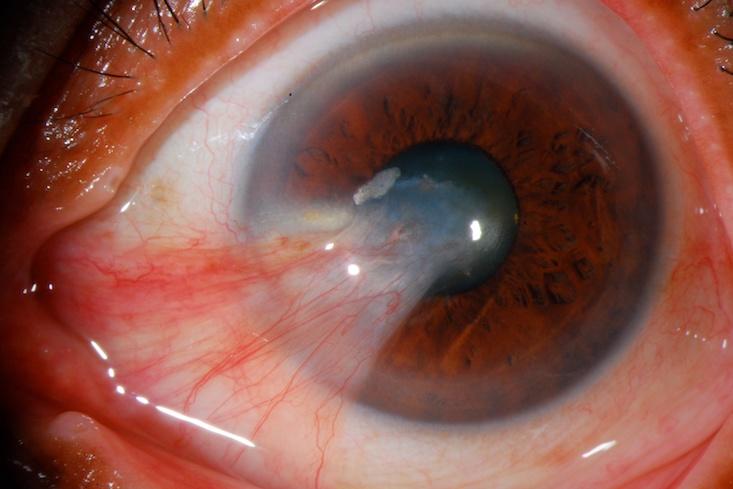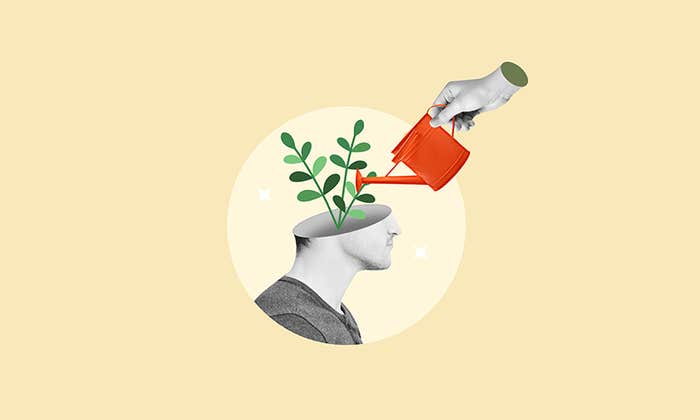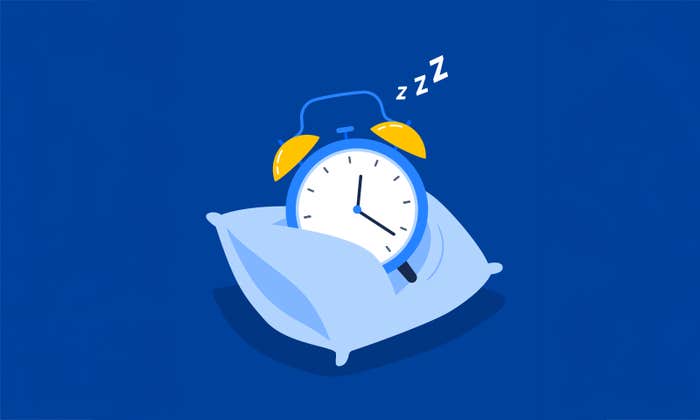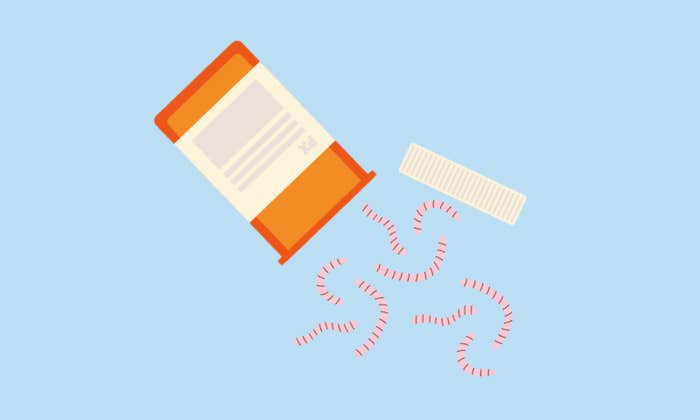A South American legend has it that, centuries ago, a native, suffering from high malarial fever, got lost in the Andes. Thirsty, he drank from a pool of stagnant water. The bitter taste prompted a ghastly realization: The surrounding cinchona trees, whose bark was thought to be poisonous, must have contaminated the water. He thought he’d die. But soon, his fever disappeared. Turns out he accidentally discovered quinine, still used today as an effective anti-malarial drug. Even if the legend is untrue, researchers maintain that quinine was “the most serendipitous medical discovery of the 17th century,” when Jesuit missionaries in South America, referring to it as “sacred bark,” used it to treat malarial fever.
Quinine’s a quintessential “do-it-yourself” cure, and many more have since been uncovered. Here are seven common ailments and research-backed DIY remedies. Some may require a more intrepid spirit to use than the others.
1. To pass kidney stones, ride a rollercoaster
For years, David Wartinger, a urologist at Michigan State University, heard his patients describe passing their kidney stones after visiting theme parks. One even said he passed a stone on each of three rides. Piqued by the testimonies’ frequency and similarity, Wartinger 3D-printed a model of the aforementioned patient’s kidney. Wartinger filled it with urine and actual kidney stones no larger than 4 millimeters, which he stowed inside a backpack. Kidney-filled-bag in tow, he rode the Big Thunder Mountain Railroad roller coaster at Walt Disney World in Orlando, Florida, 20 times.
His findings, published in The Journal of the American Osteopathic Association, showed the “procedure” worked. “The maximum speed was 35 miles per hour,” he wrote, “and the model was subjected to sharp turns and quick drops during the ride, which lasted 2 minutes and 30 seconds.” Sitting in the back of the ride offers a 64 percent passage rate (with a 100 percent passage rate for kidney stones located specifically in the upper chamber); sitting at the very front, though, only provides a 17 percent passage rate. Given that approximately 300,000 individuals go to the emergency room for kidney stone treatment, the cost of which ranges between $5,000 and $10,000, Wartinger concluded, “It’s definitely a lower-cost alternative to health care.”
2. To avoid surfer eye, dunk your head in a wave
A 61-year-old surfer with pterygium recently made waves in the medical community. The condition, colloquially known as Surfer’s eye, involves fibrous tissue covering the outer layer of the eye. You’re likely to get it if you spend lots of time exposed to wind, sunlight, or sand. It’s irritating and often requires surgery.

But as detailed in a 2014 British Medical Journal Case Reports article, there’s a way to avoid it. While surfing in Waimea Bay, off the coast of Oahu, Hawaii, where waves can reach top speeds of 30 to 40 miles per hour, the man momentarily dunked his head into the wave. The force ripped the fibrous tissue off his eye (but it wasn’t strong enough to knock him off his balance). Though it proved effective, the author of the case report still recommends sufferers of surfer’s eye have surgery.
3. To overcome sleep apnea, play the didgeridoo
Over 1,000 years ago, Indigenous Australians crafted the didgeridoo, a wind instrument that produces a guttural tone. It’s typically used to accompany ceremonial dances, but a 2005 study published in the British Medical Journal suggests another reason to play it: to get rid of sleep apnea. People with the sleep disorder experience lapses in breath due to their upper airways collapsing, which can cause loud choking or snorting sounds. Researchers found that by practicing the didgeridoo for 25 minutes a day for four months, didgeridoo performers strengthened their upper airways and reduced moderate sleep apnea symptoms.
4. To reduce arthritis inflammation, apply snake oil
In the mid-1800s, a number of Chinese immigrants working on the Transcontinental Railroad applied water-snake oil to their aching joints at day’s end, a traditional Chinese remedy. The substance, rich in omega-3 fatty acids, (a fact unknown at the time) reduced swelling, so it came to be used among the non-Chinese workforce, who marveled at its efficacy. But over the years, snake oil became a term for quack medical serums, largely due to unscrupulous doctors in the 19th century falsely advertising “snake oil” serums, which actually included little to none of the true remedy’s eponymous ingredient. A 2008 study published in Acta Poloniae Pharmaceutica shows that snake oil may not be a trumped-up treatment. Researchers at the University of Benin, in Nigeria, subjected mice to croton-oil induced ear edemas and treated them with boa-constrictor oil. They found a 12-milligram dosage of snake oil to be effective in reducing ear inflammation compared to the standard treatment of hydrocortisone—which, the researchers point out, corroborates its usefulness in treating humans, too.
5. To rehabilitate from a stroke, listen to the Beatles
Listening to pop music can be more than just a leisure activity: A 2008 study published in Brain found that catchy upbeat melodies can aid stroke victims in their recovery. Researchers at the University of Helsinki, in Finland, recruited patients who had suffered either left- or right-hemisphere middle cerebral artery strokes, which troubles cognitive processes like memory and focused attention. In addition to typical stroke rehab exercises, like speech therapy, subjects also listened to either their favorite genre of music or audiobook for one to two hours a day for two months, and a control group listened to neither. Music listeners showed a better improvement in verbal memory and focused attention than the audiobook group. The study reported members of the music-listening group experienced less depressed and confused moods. Music, the scientists reported, helped stimulate positive emotions and increased awareness, strengthening the ability to perform cognitive tasks.
6. To relieve rheumatism, get stung by a bee
When a bee stings it releases melittin, venom that triggers a burning sensation. To the healers of ancient Egypt, China, and Greece, such pain was a small price to pay for treating illnesses like arthritis and related joint maladies. Today, a body of research has found that melittin helps reduce symptoms related to rheumatism, arthritis, and postherpetic neuralgia. In a 2001 study published in Pain, rats with induced arthritis were injected with solutions containing bee venom. The authors found that with the bee venom-treated rat group, the volume of swelling in the rats’ paws caused by arthritis substantially decreased after the injection. More recently, a 2007 case report published in Regional Anesthesia and Pain Medicine detailed a 51-year-old suffering from postherpetic neuralgia, which causes a burning pain on the skin. His symptoms disappeared soon after being accidentally stung by three bees in the affected area. The pain returned a month and a half later, but the patient, according to the report, claimed the pain to be less frequent and severe.
People appear comfortable with stinging themselves in their own homes. As one YouTuber, modernhippielife, says, while holding a bee with “reverse tweezers”: “Bees are easier to sting with when they are butt-side up. The better you set yourself up, the easier to sting yourself.”
7. To treat eczema, make herbal lotion
Six months after Lula Balmond was born, the Brighton-native began showing signs of chronic eczema. Red scaly rashes covered her entire body, and the irritation caused her to impulsively scratch until she bled, which often prevented her from sleeping. None of her doctors’ emollients and steroid creams alleviated the symptoms, so Lula’s mother Natalie set out to create her own remedy. After studying an old herbology book she got from a friend, she began experimenting with various herbs known for their gentle and calming effects, including beeswax, nettle, chickweed, and chamomile. After trial and error, she created the formula for a beeswax-based lotion that cleared her daughter’s eczema symptoms. Since then, Natalie has started an alternative herbals, lotions, and salves business, Purepotions. The skin treatment is called “Pure Potions Skin Salvation,” and is now recognized by the United Kingdom’s National Health Service as clinically effective.
Matthew Sedacca is an editorial intern at Nautilus. Follow him on Twitter @matthewlevine13.
Watch: For the psychiatrist and neuroscientist Rachel Yehuda, the value of PTSD could be what you make of it.

The lead image is courtesy of Patrick via Flickr.


























